Podcast
In this episode, we speak with Gila Fine about her groundbreaking book, and dive into the story of Yalta, where Gila’s approach cracks open new ways of thinking – and once you hear it, you’ll never look at aggada the same way again. (Judaism Demystified) >>


Podcast
Author Gila Fine sits down with Rachel Scheinermen to discuss her new book The Madwoman in the Rabbi’s Attic. (My Jewish Learning) >>
Podcast
J.J. Kimche and Gila Fine analyze the literary character of Talmudic women and uncover a counter history of Beruria. (Torah in Motion) >>


Press
Gila Fine wins the Contemporary Jewish Life & Practice Myra H. Kraft Memorial Award for The Madwoman in the Rabbi’s Attic: Rereading the Women of the Talmud. (Jewish Book Council) >>
Online Lecture
This 4-part course introduces students to the world of aggada, imparting the textual skills, literary techniques, and historical background required to read, and unpack, the stories of the Talmud. Through a close reading of the tragedy of Heruta (Kiddushin 81b), we will learn how to uncover the depths of the talmudic drama, exploring its relevance to our time. (Hadran) >>
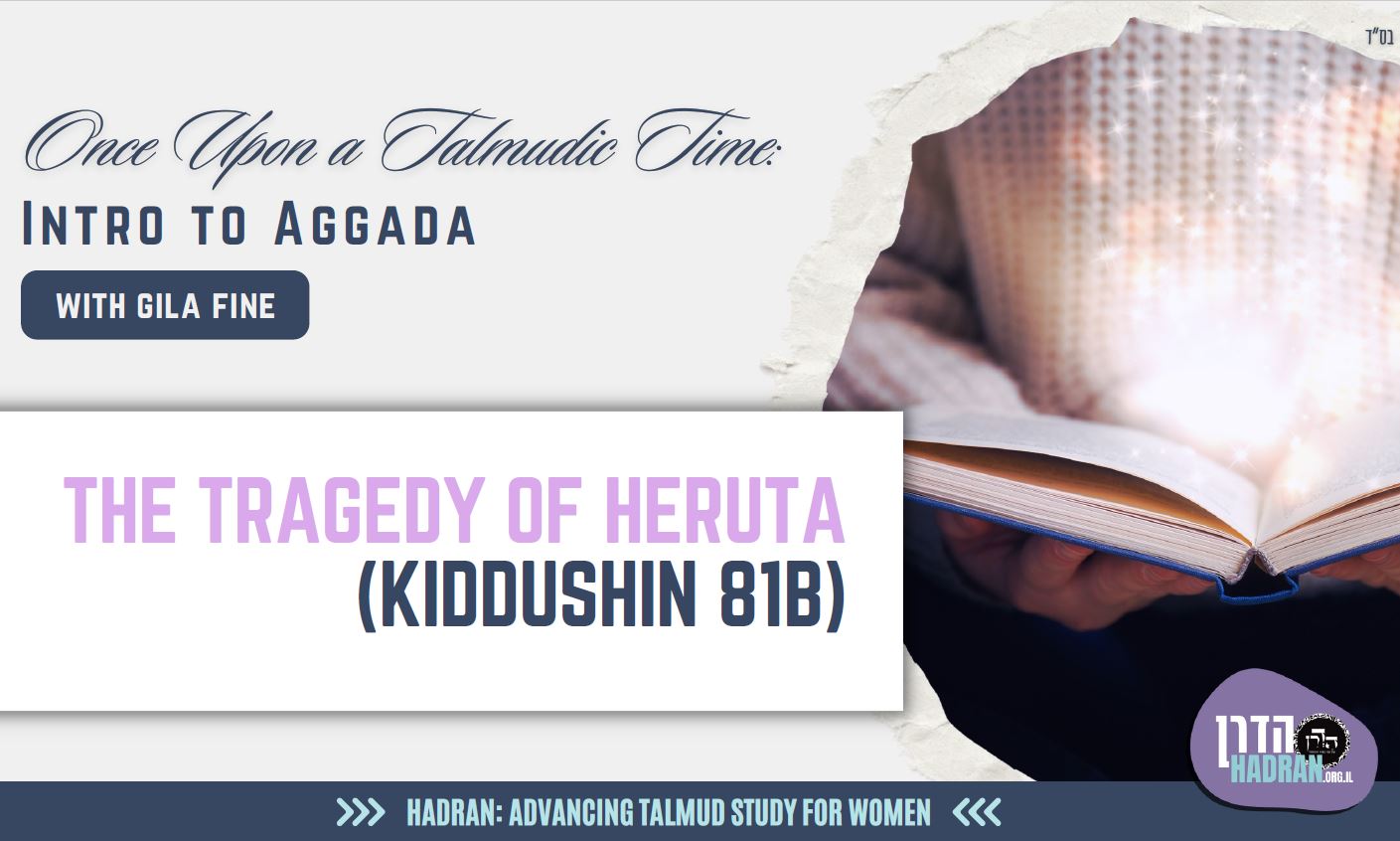

Online Lecture
Why are shrews always so vicious? How did the ancient world view the male/female body? And what possessed Yalta to smash 400 bottles of her husband’s wine? A 3-part series on the comic tale of Yalta, read through the Bible and Talmud, Aeschylus and Aristotle, Arabian Nights and Canterbury Tales, William Shakespeare and William Congreve, Charles Dickens and Charlotte Brontë. (Drisha) >>
Podcast
On today’s episode, we take a break from the daf to speak with Gila Fine, author of The Madwoman in the Rabbi’s Attic, a reexamination of women’s role in the Talmud. What can we learn about the world of women in the Talmud? Listen and find out. (Liel Liebovitz, Take One: Talmud to Go) >>


Press
Fine, who made aliyah with her family from London at the age of two, started off as a books editor whose authors included Rabbi Sacks. She has recalled how one day after she had given a talk, he told her, “You have to stop editing my books and you have to go and write your own.” (The Jewish Chronicle) >>
Podcast
Author Gila Fine (Pardes Institute) uses the example of female archetypes in rabbinic literature to show Justin how Talmud stories often defy expectations, not only challenging what they seem to convey but revealing the complete opposite. (Jewish Broadcasting Service) >>


Podcast
Gila Fine, winner of the 2024 Rabbi Sacks Book Prize, and Erica Brown, of the Yeshiva University Sacks-Herenstein Center, discuss the pains of writing, what makes for a good Jewish book, and the challenges of reading – and writing – Torah between the lines. (Yeshiva University’s Sacks-Herenstein Center) >>
Press
Hi, I’m Gila Fine, a teacher of rabbinic literature and author of the recently published The Madwoman in the Rabbi’s Attic: Rereading the Women of the Talmud. Ask Me Anything. (r/Judaism) >>

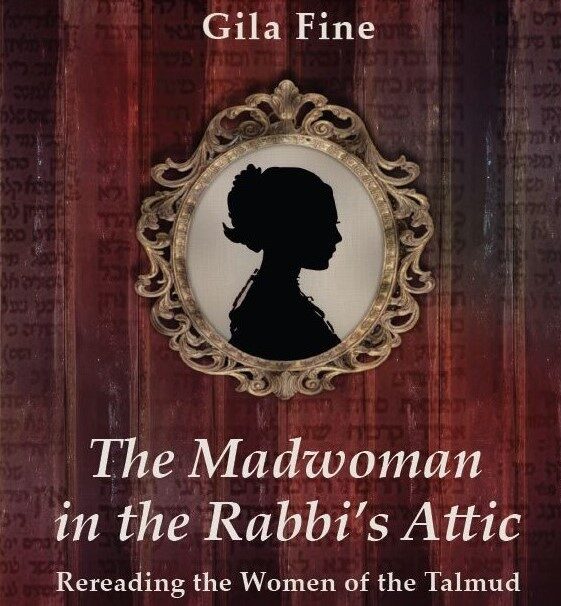
Press
Gila Fine had already received several reviews praising her literary skills, creativity, comprehensive knowledge, and talent for Talmudic analysis, but the cherry on top of the cake was winning the Rabbi Jonathan Sacks Book Prize for 2024. Since the inauguration of the prize in 2022, Fine is the first female to make the list of finalists and to be named the winner of the award. (Greer Fay Cashman, Grapevine) >>
Podcast
“At the forefront of the study of aggadah today is my guest, Gila Fine; and she offers a fascinating, compelling, and perhaps controversial view of how we should look at aggadah. Gila said that we may be the first Jews since the days of Chazal who can truly relate to the radical spirit in the aggadah.” (Scott Kahn, The Orthodox Conundrum) >>

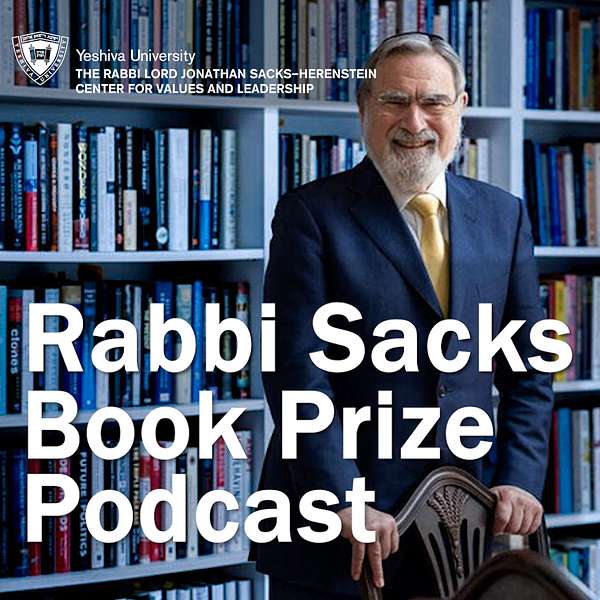
Podcast
Join Dr. Shira Weiss of the Sacks-Herenstein Center of Yeshiva University for a conversation with Gila Fine, author of Sacks Book Prize winner, The Madwoman in the Rabbi’s Attic: Rereading the Women of the Talmud (Koren). Fine discusses her reconstruction of female archetypes in the Talmud and the relevant lessons their stories teach. (The Rabbi Sacks Book Prize Podcast) >>
Press
“The winner of this year’s prize is The Madwoman in the Rabbi’s Attic: Rereading the Women of the Talmud (Koren) by Gila Fine…. Fine utilizes literary and cultural theory to present novel readings of the rabbinic narratives that not only elucidate the Talmudic tales but also convey relevant messages for the contemporary reader.” (Yeshiva University’s Sacks-Herenstein Center) >>


Podcast
“Sukkot is about inviting people in. It’s about recognizing that that person could have been me. The stranger, the widow, the orphan, the destitute – they could have been in my place and I could have been in theirs. The people of Mehoza banished Homa from within their midst; I see it as a tikkun to invite her back in.” (The JWA Podcast) >>
Press
“In this original and engaging work, Gila Fine looks deeper into Talmudic texts to show that things are not always what they initially appear to be…. This is a book you should be reading.” (The Jewish Link) >>


Podcast
“Once we’ve reread the story, and discovered how badly we had read it the first time, we realize how prone we are to misinterpretation, and how important it is to try and avoid it – both in reading, and in life… Here, I believe, is the great genius of rabbinic storytelling. The stories of the Talmud don’t just teach us to be more moral; the very act of reading them makes us so.” (The John Batchelor Show) >>
Press
Last Saturday’s lecture was in English by highly reputed Talmud teacher Gila Fine, who teaches at Pardes. Fine is also a respected author and editor. Telling the 60-plus people present that the Talmud offers drama where the Torah and the Mishna fall short, Fine offered plenty of drama of her own in her delivery. (Greer Fay Cashman, Grapevine) >>
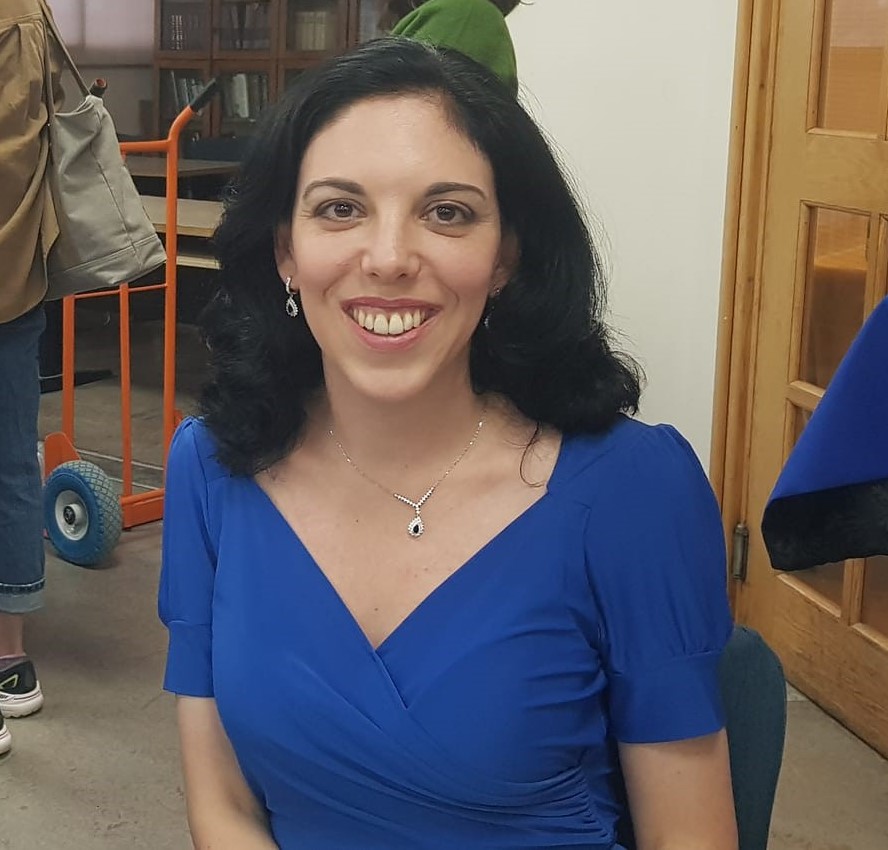

Podcast
“I never set out to find feminism in the Talmud…. Yes, feminism did motivate me to read this particular set of stories, but it never dictated how I read them. Who you are is fine as a starting point, but it should never govern where you end up. Where you end up should always be where the text takes you.” (The Tradition Podcast) >>
Podcast
“We reached out to Gila and asked her to discuss her new, much-acclaimed book with us. This is a conversation about Gila and about her book, of course, but it is also a conversation about Israel – and the ways in which some forms of Jewish flourishing are possible only here.” (Daniel Gordis, Israel from the Inside) >>


Press
“So dramatic and cathartic… Gila Fine’s work is what you get when women study and teach Talmud: unbelievable, incandescent, astonishing teachings that bring us closer to the text, and to understanding ourselves, our people, our history, and how to be better human beings in this very unpleasant world. On a scale of six named women with storylines, I give this book a perfect 10.” (Miriam Anzovin) >>
Press
Three days before her 12th birthday, Gila Fine found herself alone in her grandparents’ London home with a pile of books and a directive to write her bat mitzvah speech. Unsure where to start, she opened the “Book of Legends” to the section titled “Women.” A few stories in, she burst into tears. The women in the stories were weak, irrational, greedy and vain…. However, instead of writing off Jewish academia forever, Fine dug deeper and, with her new book, invites others to do the same. (The Times of Israel) >>

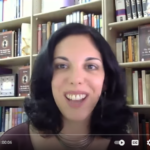
Online Lecture
How does the Talmud portray its heroines? Why are they never as they first seem? And what does this tell us about the rabbis’ views of marriage, sex, childbirth, and what it means to be a woman in the world? Gila Fine sits down with Rabbi Dr. Shai Cherry to discuss her new book on the six named heroines of the Talmud. (Community Scholars Program) >>
Article
Why does every culture have a story of a hero who sleeps for years and wakes up to a utopian world? How does the Talmud rewrite this legend? And what does this subversion tell us of the rabbinic view of redemption? Exploring the legend of Honi the supersleeper through the Mishna and Talmud, Epimenides and the Seven Sleepers, King Arthur and Frederick Barbarossa, Rip Van Winkle and William Guest. (Tradition) >>
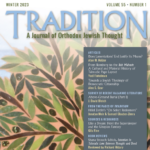

Press
Fine is fast becoming one of the most fascinating teachers in the field. “These narratives are often deliberately misleading,” Fine says. “We need to be incredibly sensitive to each word so we can unpack the meaning.” The reason for this, she believes, is to teach readers to be careful when they dissect “reality.” The very act of reading Talmudic stories makes us into better individuals: more humble, more moral, more understanding. (The Jerusalem Report) >>
Press
Not everyone believes the test is a good idea. “It’ll create an impression that a woman who finds her way onto a source sheet hasn’t done so because she is brilliant and erudite and profound but because of positive discrimination,” said Gila Fine. “Women have earned their place fair and square in the world of aggadah. They’re two steps behind in the world of halacha, and they’ll get there, but this shortcut will hurt them in the long run.” (Jewish Telegraphic Agency) >>
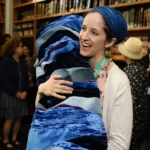

Online Lecture
Why are women divided into saintly and seductive? How does a married couple go for years without intimacy? And why must the wife dress up as a prostitute to show her husband who she really is? The tragedy of Heruta, read through the Bible and Midrash, Homer and Dante, Kant and Wilde, Freud and Hitchcock. (National Library of Israel) >>
Article
To understand the significance of Sukkot – the holiday and the habitat – we must explore the development of biblical architecture. (The Jerusalem Post) >>


Online Lecture
What’s the difference between the God of the Bible and the God of the Talmud? Who was the last man to see God? And how do we balance love and fear in our relationship with the Divine? Exploring the omnipotence and vulnerability of God, through the talmudic tale of Rabbi Yishmael and King Lear. (Community Scholar Program) >>
Press
“Behind the majesty and grander, the profound philosophy and inspiring Torah, the booming voice and yellow ties, there was a man.” (The Jerusalem Report) >>

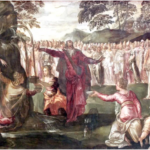
Article
The moral trajectory of Moses, his development as a man and leader, can be traced in the ongoing struggle between his mighty hand and his slow tongue. (The Jerusalem Post) >>
Press
“Rabbi Sacks knew what it meant to be human. I think we sometimes forget that he was, underneath it all.” (Jewish News) >>


Article
And so, as we enter the two holiest points of the Jewish year, with the last of our strength, we stand and declare: “Kol nidre.” “Kol hamira.” All the promises I haven’t kept. All the hametz I haven’t burned. May they be null and void. Like the dust of the earth. (The Jerusalem Post) >>
Press
“God was, for RS, first and foremost a relationship. Not an abstract philosophical concept or theological article of faith or biblical character or remote diety; but a very real, very personal, very intimate relationship we each of us have in our lives.” (The SA Jewish Report) >>
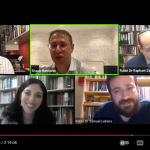
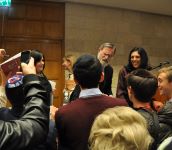
Press
A young woman who is on her way to becoming one of the more outstanding Jewish thinkers of the next generation. Fine, who makes it look chic to be frum, can give over a shiur – as they say in these parts, referring to a talk interpreting religious texts – which sends heads scrambling to keep up. One to watch in the years to come.
(Haaretz) >>
Press
Gila Fine is part of a growing stream of Orthodox women who are not only studying, but embracing and teaching, the Talmud. “I first discovered Talmud as a forbidden text. I grew up in a conservative religious environment, where it was strongly believed that women cannot study Talmud. At 17, I pulled a volume of Talmud off my father’s bookshelf, and just stood there, waiting for the lightning bolt to strike me down.” (BBC Radio4) >>
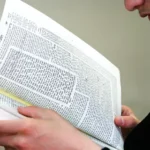
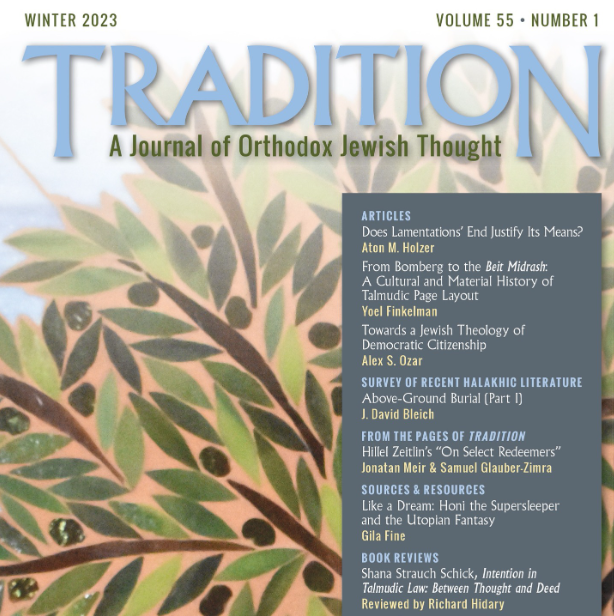
Article
Like a Dream: Honi the Supersleeper and the Utopian Fantasy
Why does every culture have a story of a hero who sleeps for years and wakes up to a utopian world? How does the Talmud rewrite this legend? And what does this subversion tell us of the rabbinic view of redemption? Exploring the legend of Honi the supersleeper through the Mishna and Talmud, Epimenides and the Seven Sleepers, King Arthur and Frederick Barbarossa, Rip Van Winkle and William Guest. (Tradition Journal)
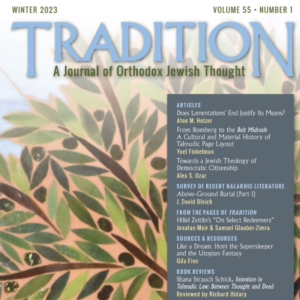
Why does every culture have a story of a hero who sleeps for years and wakes up to a utopian world? How does the Talmud rewrite this legend? And what does this subversion tell us of the rabbinic view of redemption? Exploring the legend of Honi the supersleeper through the Mishna and Talmud, Epimenides and the Seven Sleepers, King Arthur and Frederick Barbarossa, Rip Van Winkle and William Guest. (Tradition Journal)
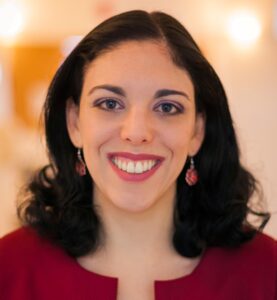
Fine is fast becoming one of the most fascinating teachers in the field. “These narratives are often deliberately misleading,” Fine says. “We need to be incredibly sensitive to each word so we can unpack the meaning.” The reason for this, she believes, is to teach readers to be careful when they dissect “reality.” The very act of reading Talmudic stories makes us into better individuals: more humble, more moral, more understanding. (The Jerusalem Report) >>
 Article
Article
Like a Dream: Honi the Supersleeper and the Utopian Fantasy
Why does every culture have a story of a hero who sleeps for years and wakes up to a utopian world? How does the Talmud rewrite this legend? And what does this subversion tell us of the rabbinic view of redemption? Exploring the legend of Honi the supersleeper through the Mishna and Talmud, Epimenides and the Seven Sleepers, King Arthur and Frederick Barbarossa, Rip Van Winkle and William Guest. (Tradition Journal) >>
 Press
Press
Gila Fine: Teaching Talmud with a Twist
Fine is fast becoming one of the most fascinating teachers in the field. “These narratives are often deliberately misleading,” Fine says. “We need to be incredibly sensitive to each word so we can unpack the meaning.” The reason for this, she believes, is to teach readers to be careful when they dissect “reality.” The very act of reading Talmudic stories makes us into better individuals: more humble, more moral, more understanding. (The Jerusalem Report) >>
 Press
Press
How a Bechdel Test for Jewish Texts Is Shaking Up the Beit Midrash
Not everyone believes the test is a good idea. “It’ll create an impression that a woman who finds her way onto a source sheet hasn’t done so because she is brilliant and erudite and profound but because of positive discrimination,” said Gila Fine. “Women have earned their place fair and square in the world of aggadah. They’re two steps behind in the world of halacha, and they’ll get there, but this shortcut will hurt them in the long run.” (JTA) >>
 Online Lecture
Online Lecture
Unmasking the Women of the Talmud: The Tragedy of Heruta Why are women divided into saintly and seductive? How does a married couple go for years without intimacy? And why must the wife dress up as a prostitute to show her husband who she really is? The tragedy of Heruta, read through the Bible and Midrash, Homer and Dante, Kant and Wilde, Freud and Hitchcock. (National Library of Israel) >>
 Article
Article
A Sukkah of One’s Own To understand the significance of Sukkot – the holiday and the habitat – we must explore the development of biblical architecture. (The Jerusalem Post) >>
 Online Lecture
Online Lecture
“Heavens Give Me Patience”: Rabbi Yishmael, King Lear, and the Divine Tragedy What’s the difference between the God of the Bible and the God of the Talmud? Who was the last man to see God? And how do we balance love and fear in our relationship with the Divine? Exploring the omnipotence and vulnerability of God, through the talmudic tale of Rabbi Yishmael and King Lear. (Community Scholar Program) >>
 Press
Press
Rabbi Sacks: Top Educators Reflect on His First Yahrzeit “Behind the majesty and grander, the profound philosophy and inspiring Torah, the booming voice and yellow ties, there was a man.” (The Jerusalem Report) >>
 Article
Article
Moses’s Hand-to-Mouth Life The moral trajectory of Moses, his development as a man and leader, can be traced in the ongoing struggle between his mighty hand and his slow tongue. (The Jerusalem Post) >>
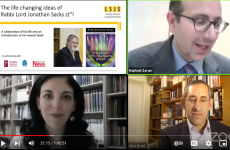 Press
Press
Launch: The life-changing ideas of Rabbi Lord Jonathan Sacks zt”l “Rabbi Sacks knew what it meant to be human. I think we sometimes forget that he was, underneath it all.” (Jewish News) >>
 Article
Article
The Poor Man’s Passover Prayer And so, as we enter the two holiest points of the Jewish year, with the last of our strength, we stand and declare: “Kol nidre.” “Kol hamira.” All the promises I haven’t kept. All the hametz I haven’t burned. May they be null and void. Like the dust of the earth. (The Jerusalem Post) >>
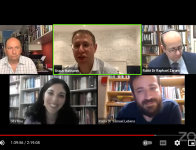 Press
Press
Ideas that Change the World: Chief Rabbi Lord Jonathan Sacks “God was, for RS, first and foremost a relationship. Not an abstract philosophical concept or theological article of faith or biblical character or remote diety; but a very real, very personal, very intimate relationship we each of us have in our lives.” (The SA Jewish Report) >>
 Press
Press
A Radical Book Is Born in Jerusalem
A young woman who is on her way to becoming one of the more outstanding Jewish thinkers of the next generation. Fine, who makes it look chic to be frum, can give over a shiur – as they say in these parts, referring to a talk interpreting religious texts – which sends heads scrambling to keep up. One to watch in the years to come.
(Haaretz) >>
 Press
Press
The Story of the Talmud
Gila Fine is part of a growing stream of Orthodox women who are not only studying, but embracing and teaching, the Talmud. “I first discovered Talmud as a forbidden text. I grew up in a conservative religious environment, where it was strongly believed that women cannot study Talmud. At 17, I pulled a volume of Talmud off my father’s bookshelf, and just stood there, waiting for the lightning bolt to strike me down.” (BBC Radio4) >>
